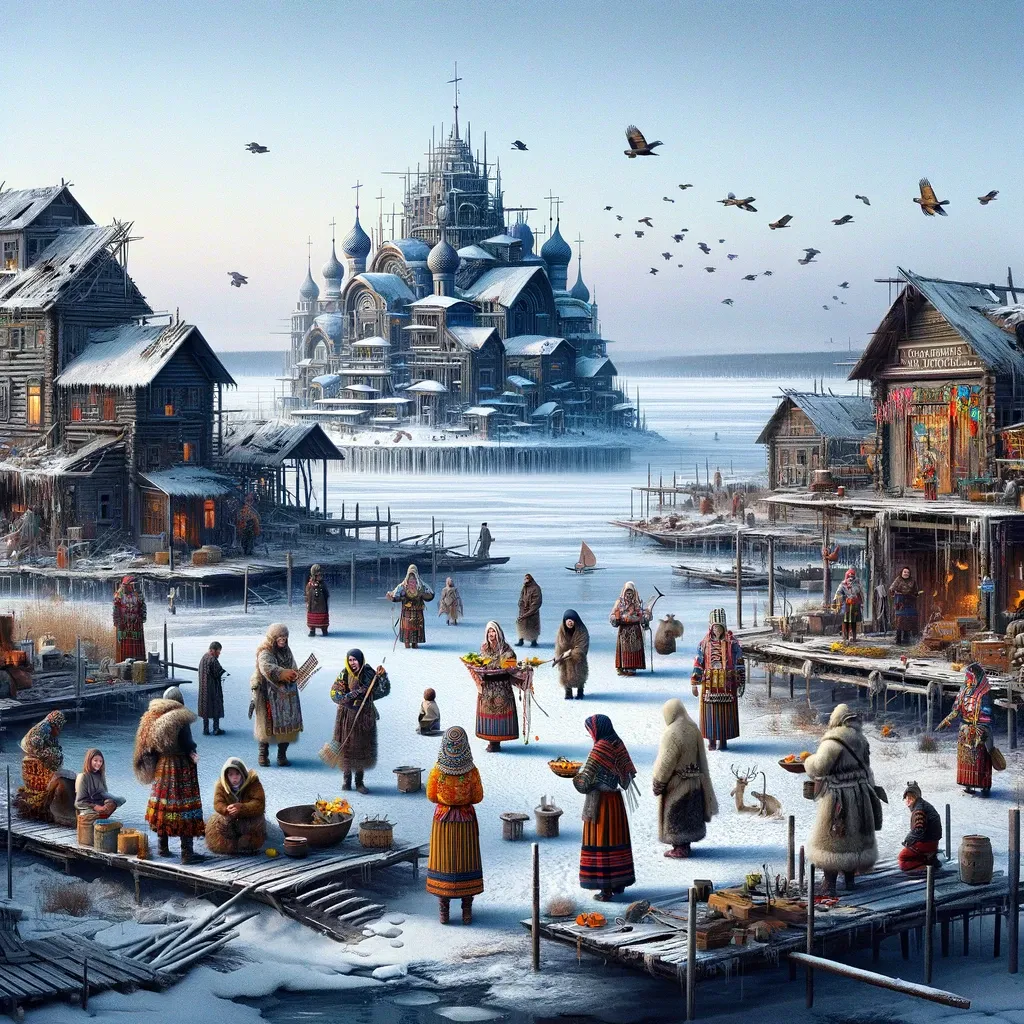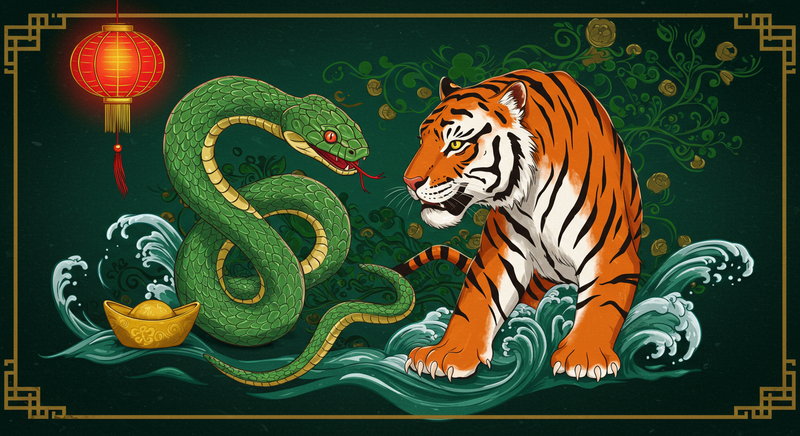Cyclical History: Could Native Estonians Find a New Beginning in the Expanses of Siberia in a Dystopian World?
In a world increasingly mirroring the haunting landscapes of dystopian fiction, the concept of peoples and cultures finding new beginnings in unexpected places becomes a compelling narrative. One such intriguing possibility is the potential for native Estonians to rediscover their roots and establish a new chapter in the vast expanses

In a world increasingly mirroring the haunting landscapes of dystopian fiction, the concept of peoples and cultures finding new beginnings in unexpected places becomes a compelling narrative. One such intriguing possibility is the potential for native Estonians to rediscover their roots and establish a new chapter in the vast expanses of Siberia, a scenario that echoes historical patterns of migration and cultural shifts.
Historically, the narrative of human civilizations is replete with examples of communities relocating and adapting to new environments in response to various socio-political and environmental pressures. In this context, the hypothetical resettlement of native Estonians in Siberia is not far-fetched, considering the region's historical significance as a place of exile, refuge, and new beginnings for many ethnic groups.
Siberia, with its sprawling landscapes and rich cultural tapestry, has been a crucible for the intermingling of diverse ethnicities and cultures. The harsh yet majestic Siberian wilderness has often been a haven for those seeking solace or escape. In a dystopian scenario, where political and environmental upheavals could necessitate the search for new homelands, Siberia’s vast, untamed lands might offer a sanctuary for native Estonians.
Estonians, with their rich cultural heritage rooted in the ancient Uralic lineage, share historical and linguistic connections with several indigenous groups of Siberia. This shared heritage could serve as a foundation for a unique cultural synthesis in the event of such a migration. The blending of Estonian traditions with the local customs of Siberian indigenous peoples could lead to the emergence of a rich cultural mosaic, symbolizing resilience and adaptability in the face of adversity.
Moreover, the narrative of Estonians in Siberia would not merely be one of survival but could also symbolize a profound journey of rediscovery and reinvention. In the vast Siberian landscape, away from the constraints of their traditional European context, Estonians might find new ways to express their cultural identity, drawing inspiration from both their ancestral heritage and their new surroundings.
However, such a migration would not be without its challenges. The process of acclimatization, both culturally and environmentally, would require immense resilience. The preservation of Estonian language and traditions would be paramount, necessitating a careful balance between integration and the maintenance of cultural identity.
In conclusion, while the notion of native Estonians finding a new beginning in the Siberian expanse in a dystopian world is speculative, it is grounded in the historical reality of human migration and cultural resilience. It offers a thought-provoking exploration of how cultures can adapt and flourish, even in the most unexpected places, and serves as a testament to the enduring spirit of humanity in the face of shifting landscapes and altered realities.




